Ulster County’s Transformation Agenda
Public and private organizations are regenerating the county's towns, improving the areas where people live, work and unwind.
New York’s first state capital, history-rich Ulster County, is undergoing a massive change, spearheaded by commercial projects that are already open or will debut this year—from new developments and waterfront properties, to renovations of historic buildings and expansions. Surrounded by the Hudson River, the Catskill Mountains and thick curtains of protected forests, fields and multiple waterways, the area is located 90 minutes north of New York City, making it an attractive option among both residents and businesses.
According to Ulster County’s Board of Elections, comparing data from 2019 to 2020, the county has more than doubled in new residents, with the largest migration coming from Kings County/Brooklyn. Additionally, various businesses have been migrating to this area, too, transforming Ulster County in more than just a weekend destination.
“The pandemic has drastically changed the way we work and live, and that’s driving the increase in both residents and small- to medium-sized businesses migrating to the county over the past year. With our natural resources and access to the outdoors, coupled with our rich history and geography, Ulster offers our full-time residents and businesses the room to breathe and the quality of life they seek,” Tim Weidemann, Director of Economic Development at Ulster County, told Commercial Property Executive.
The new businesses flocking to the area are concentrated in four main sectors: agriculture/food and beverage, makers and creators, clean energy and environment, and health and wellness. With COVID-19 especially impacting international and national supply chains, and realizing the critical value of local production networks, Weidemann noticed a continued rise of businesses focused on addressing a resilient local economy, problem-solving and supplying locally. “Part of what makes Ulster County work for these businesses is the relatively affordable spaces in our commercial real estate market”, he said.
What’s driving change?
The new influx of commercial development is driven by local developers which have been long-time residents and business owners in the county for generations. They are seeing and responding to the need to accommodate growth in the region, Weidemann noted.
“This maker economy, coupled with the push to buy local, are central elements to redevelopment in the county—especially during the pandemic,” Hagai Barlev, principal of Duna Real Estate Group, told CPE.
Key commercial developments include three major adaptive reuse projects in the historic area of the county, totaling more than 500,000 square feet. The largest one is Enterprise West, a former IBM campus sitting on 82 acres, which includes a 400,000 square-foot facility originally developed in 1955 and located at 101-899 Enterprise Drive in the Town of Ulster.
The development was recently taken over by Ulster County, which intends to build a creative and community-centric destination hub. Plans call for manufacturing, light industrial, educational, civic, cultural, office, recreational and/or residential space—all of which combined will play a key role in the region’s economic future.
Several biotechnology firms, incubator/accelerator programs, as well as higher education institutions, have recently expressed their desire to set roots in the county, pointing to heightened interest to put the long-dormant site back to productive use, creating jobs and providing local tax revenues. “We expect to see the first tenants in the building before the end of the year, which will signal a major turning point for this critical but underutilized site,” Weidemann said.
Homegrown power fuels activity
There are several other commercial development properties owned by local developers and long-time residents, including the historic Fuller Building in Midtown Kingston and the Kingston Ulster Airport campus, expected to continue to create a people-centered economy as part of the county’s Ulster 2040 Plan, which was launched last September.
Located in Midtown Kingston, at 45 Pine Grove Ave., The Fuller Building is a 42,000-square-foot, $5 million redevelopment project of a former factory. Developer Fuller Holdings and architect Scott Dutton completed the second phase of construction in March 2021 by renovating the second floor, which created additional retail space.
“Our goal with The Fuller Building, along with our portfolio of projects in the city, focuses on historic preservation and restoring largely underutilized spaces, and repurposing them to become a cultural and creative professional hub for the community,” Dutton told CPE.
The developer fused the building’s industrial past with contemporary features, paying homage to one of its most significant users in the past 100-plusyears—The Fuller Shirt Co., which employed more than 500 people at its peak. “We celebrate the original fabric of the buildings and elevate what some might think of mundane surfaces and features and put them in a context that provokes questions and, hopefully, brings delight,” Dutton added.
The historic building dates back to 1847 and is now home to several tenants, including Chronogram Magazine, tech companies, local artists, wellness professionals, graphic and fashion designers, and other small businesses. Additionally, the building is listed on the State and National Register of Historic Places, which opened up the opportunity to pursue historic tax credits that allowed the Fuller Holdings to invest significantly in its revamp, and, ultimately, offer space to start-up businesses looking for an affordable location.
Another commercial project rising in the Town of Ulster is the Kingston Ulster Airport campus, encompassing 60,000 square feet on 14 acres at 1151-1155 Flatbush Road. The site’s structure and location make it ideal for light manufacturing or research firms due to its ample power infrastructure and heated floors. The airport commercial campus acquisition was completed in March 2021 by an investment group led by Duna Real Estate Group and Pioneer Realty Advisors. The group plans to make significant site upgrades.
“The central piece of our acquisition is the 30,000-square foot warehouse which was originally used for manufacturing solar panels nearly two decades ago. Because of this, the space is a natural fit for tenants who are in the renewable energy, light manufacturing, film production and maker industries,” Paul Hakim, principal of Pioneer Realty Advisors, told CPE.
In the past few years, Duna Real Estate Group has made multiple investments in Ulster County, including a $9.7 million acquisition of three creative live-work loft properties in Kingston’s ascendant Midtown Arts District in 2019: the Pajama Factory at 49 Greenkill Ave., the Brush Factory at 107 Greenkill Ave. and the Shirt Factory at 77 Cornell St. The lofts, former historic Kingston factories, are now home to more than 20 businesses.
In addition, Ulster County has also seen a rise in new hospitality developments and expansions, including the opening of Hutton Brickyards, The Hudson House & Distillery, Hotel Kinsley at 41 Pearl St. and many others in Kingston, Ellenville and beyond, since there is an ongoing demand for visitors who want to experience the surrounding natural resources, outdoor adventures and agritourism opportunities.
Bright days ahead
With these projects in sight, Ulster County’s future looks promising. What’s more, the recently launched Green New Deal makes Ulster the first county in New York—and among the first in the nation—to release a comprehensive sustainability plan.
Centering on three focus areas, the robust environmental vision sets both short- and long-term goals, including accelerating the transition to clean energy, building an equitable green economy, conserving natural resources and building resilience in the county. Weidemann anticipates continued growth in the clean technology industry, especially as new commercial space comes online.
“It’s about time, as they say,” Dutton told CPE. It’s been a long time since IBM left Ulster County, which had a devastating impact on the area. Now, the county’s rich and diverse economic growth pattern is tied to its reliance on more than one sector.


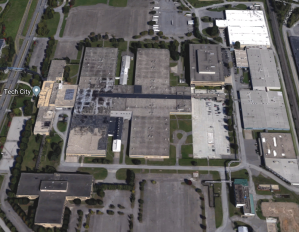
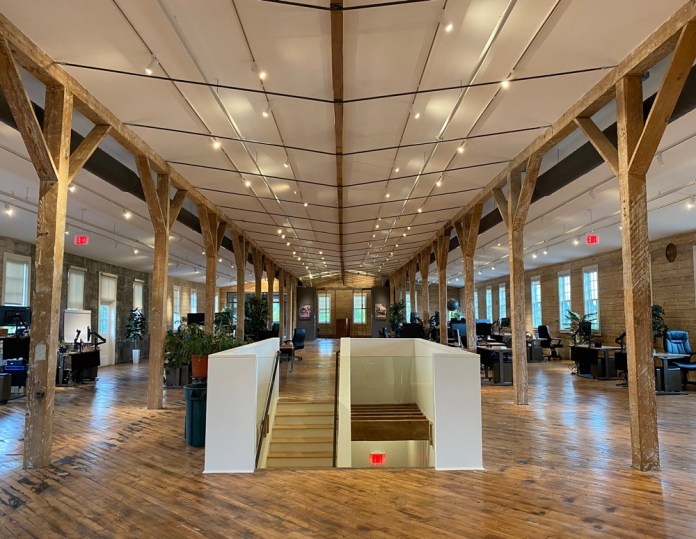
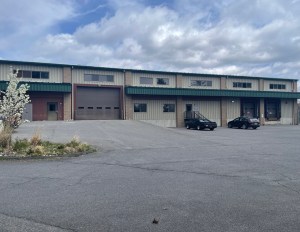

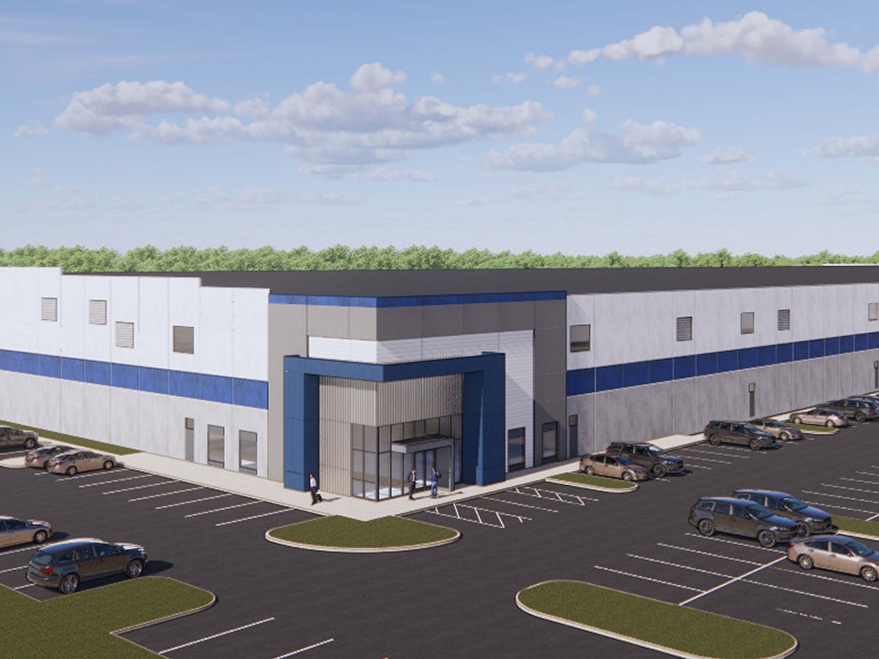

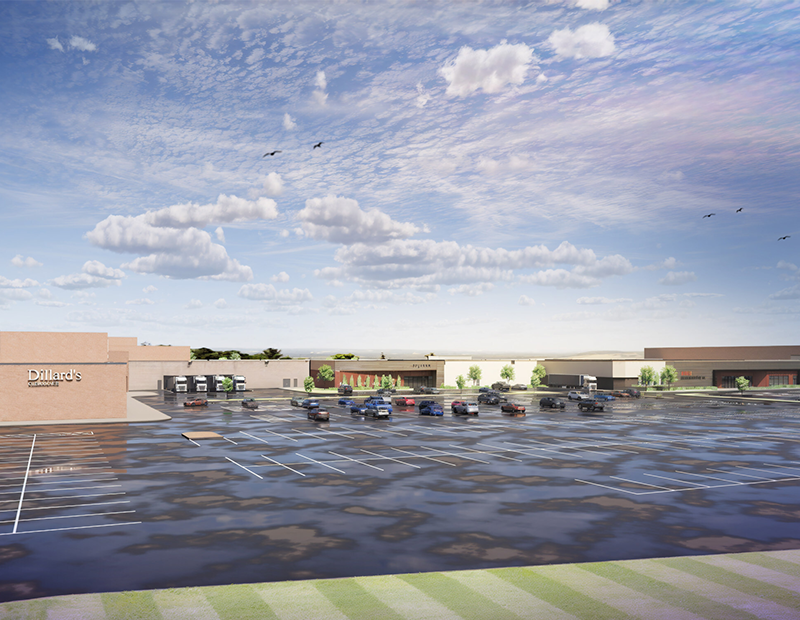

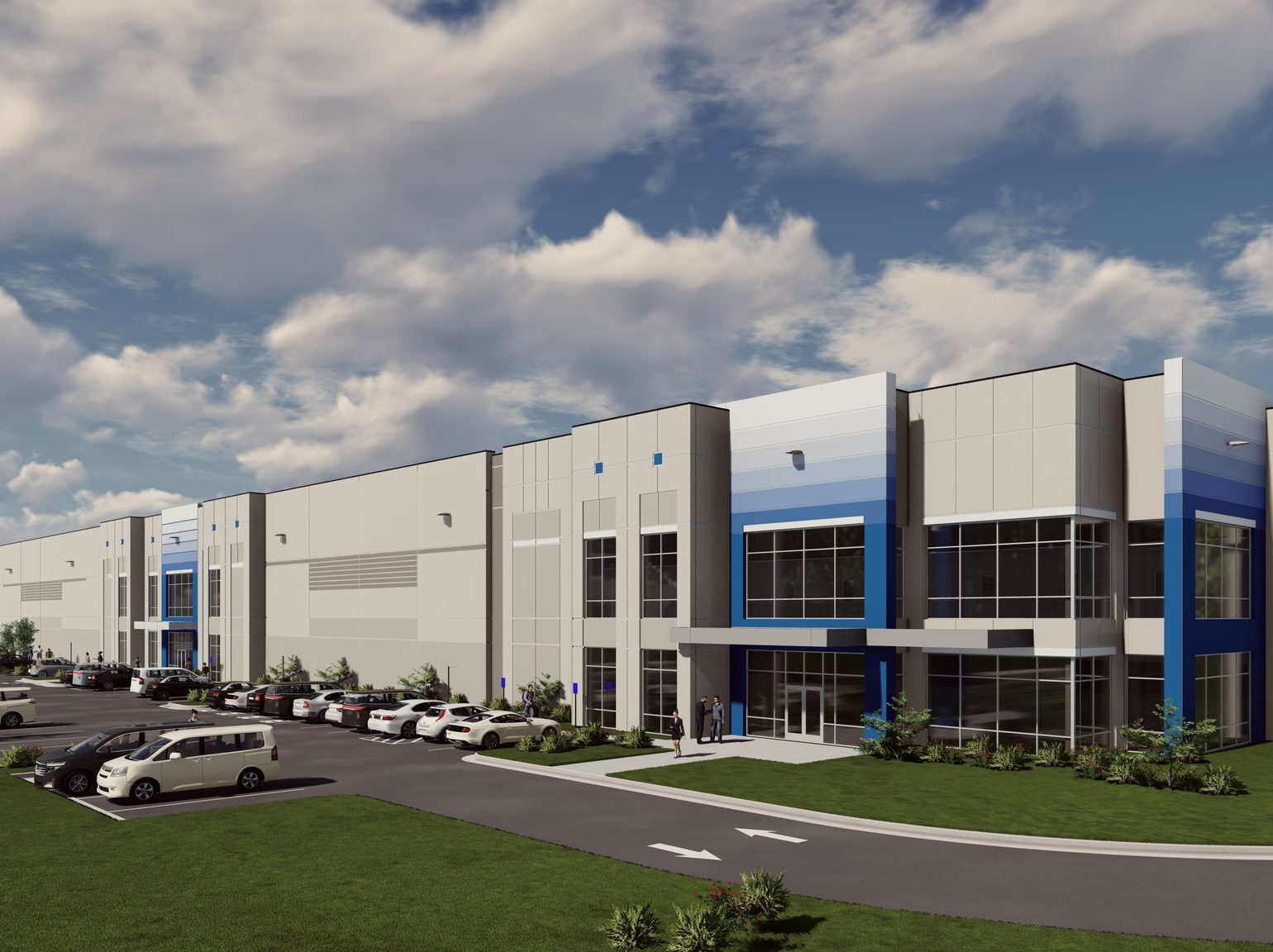
You must be logged in to post a comment.